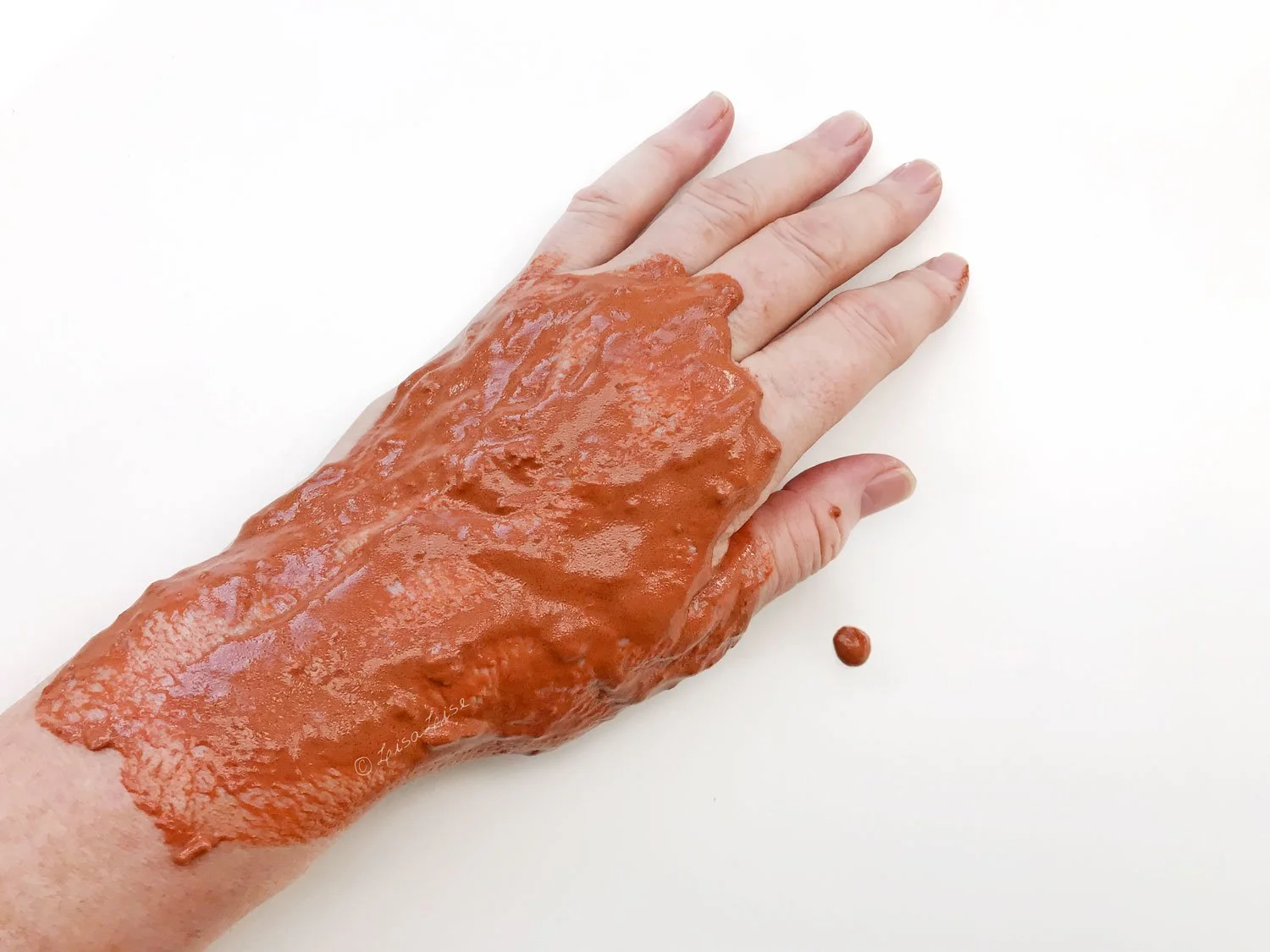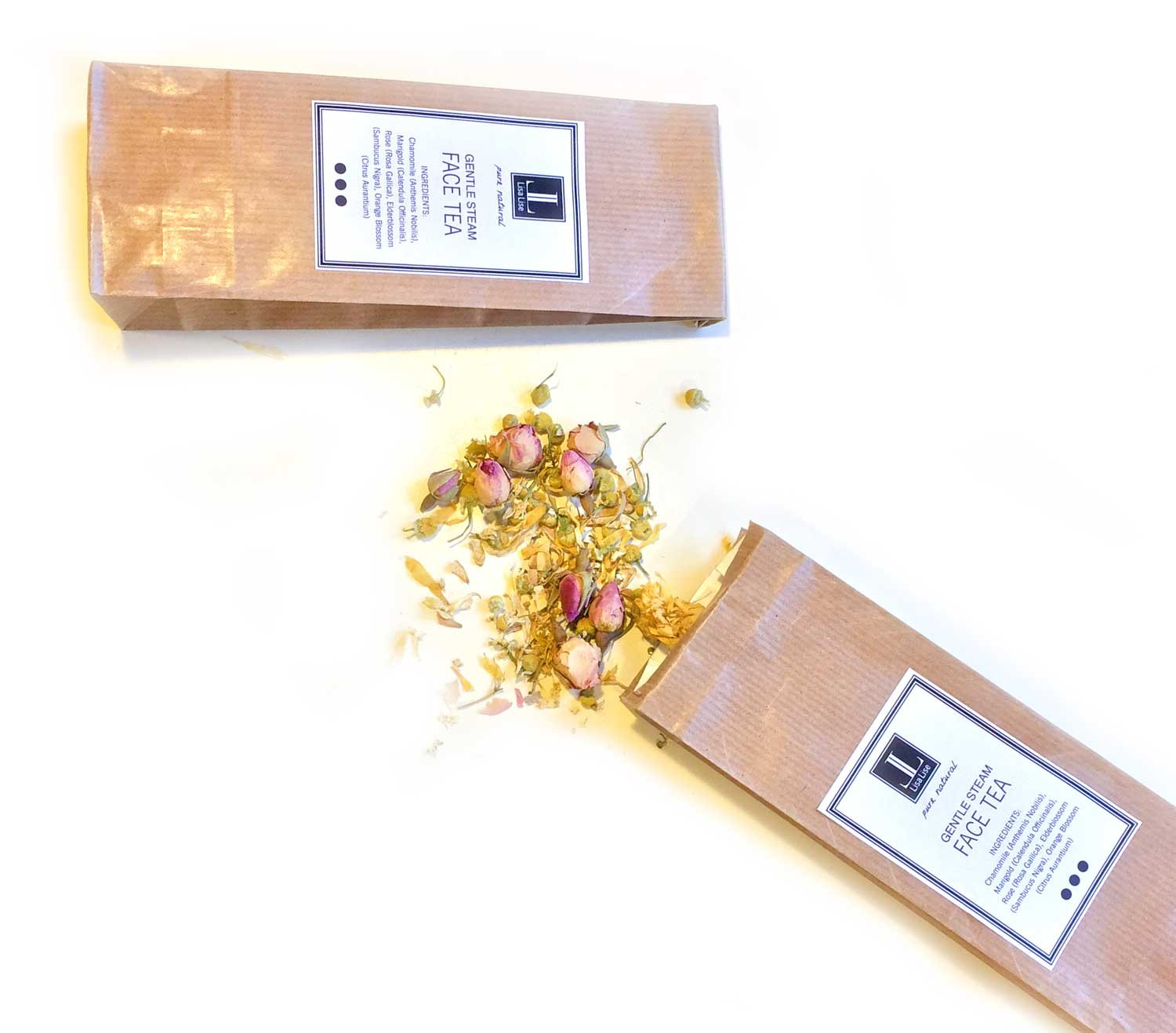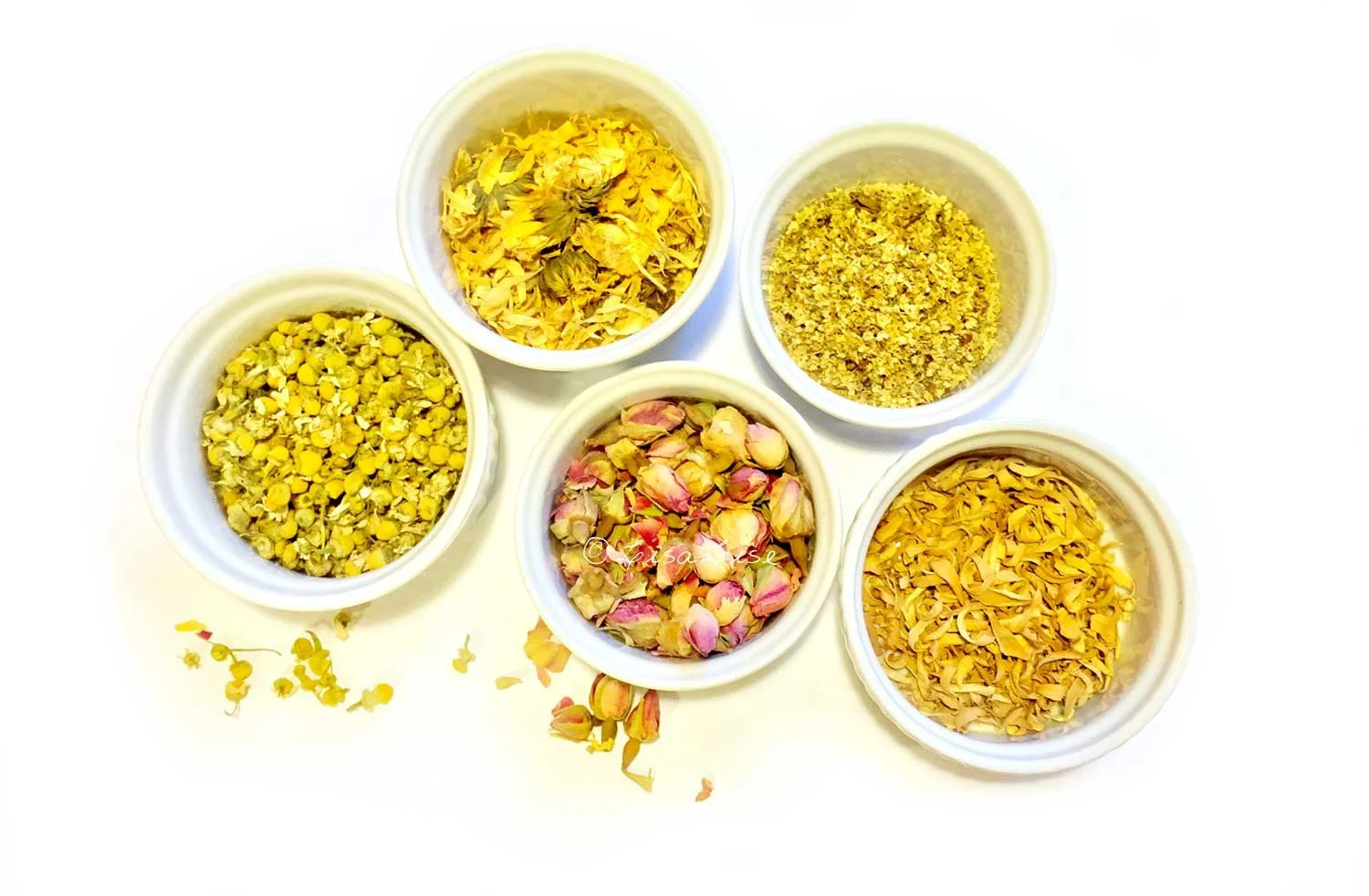I regularly get asked if it is possible to switch one ingredient for another in products. Sometimes it is in relation to a formula I have shared on the blog or published in my e-books, but also for formulas others have created.
What Makes Sense
In many instances, it makes all kinds of sense to assume ingredients of the same type are interchangeable. For example, switching apricot kernel oil for sweet almond oil is hardly likely to make a huge impact on the outcome of a face oil or even an emulsion.
One could even get a little racy and exchange the apricot kernel for an oil with an entirely different lipid profile and still be successful. Imagine how pracaxi or babassu oil might influence the viscosity, feel and performance of an emulsion.
‘Clay is clay’ - one might be tempted to think. But clays have different properties and will react differently when liquids are introduced. Some will absorb much more liquid than others - so substituting one for another may not always be successful.
In some instances, substituting a single ingredient will change not only the function and texture of a product, it may even result in a massive fail.
To make things even more frustrating, it might even be an ingredient that is used in a very small percentage.
To illustrate, let's take a brief look at gums.
A Gum is a Gum is a Gum, Right?
Gums are generally used as texturisers and thickeners, but some offer additional (and super cool) functions.
There's a pretty wide selection of gums available on the cosmetics ingredients market these days
These are all plant-based, often categorized as natural, and many can be found on the ingredients label of cosmetics products.
While some gums have similar properties, they are not necessarily interchangeable.
Take Guar
I've worked with (a specific) guar gum in numerous ways over the years and find it highly beneficial for some hair products because of the conditioning properties it offers.
When I first started working with it many years ago, I was so pleased with the results, I dubbed it the 'natural alternative to silicone'.
If it is included in a formula specifically for its hair conditioning properties, replacing it with any other gum is going to result in seriously unsatisfactory conditioning action. And to make things utterly confusing, guar gum is 2 very different things. I wrote a post about the differences on this blog.
So How Do We Know When We Can Substitute an Ingredient?
I wish I could give you an instant, snap-and-everything-is-perfect solution, but the best I can do is offer you a couple of tips:
If you are following a formula someone else has developed, stick to the suggested ingredients substitutions (if there are any).
Alternatively, be prepared to do some experimenting (which can be loads of fun and very educational). Enter this 'substitutional experimentation phase' with a neutral mind and low expectations, and start with a SMALL batch size. You may have to bin the batch, but may also discover you've created something fabulous.
Research a bit about the properties of the ingredient you want to substitute. This will give you a better basis from which to choose an alternative. If you replace an ingredient that can be added cold with an ingredient that needs to be heated before being incorporated, you risk compromising the other ingredients and could be looking at a failed batch.
Substitute only one ingredient at a time when you are adapting a formula. This will help you troubleshoot any mishaps or fails.
If you are developing your own formula and aren’t sure which ingredients to select, set aside some time to get up close and personal with each ingredient you are considering. Apart from studying their properties and methods of use, make small A/B (side by side) test batches and see how your selected ingredients (and possible substitutions) react in different mixtures, at different temperatures, and using different methods.
When your experiments are finished, you may very well find you've outdone yourself with your own brilliant formulating.
Most importantly, enjoy the process while you are experimenting with substitutions!
Do Tell
What has been your boldest ingredient substitution and how did it turn out? Please feel free to add a comment below.
The publication below shows you how to compose your own tooth powders using a ‘toolkit’ of tried and tested ingredients.

























